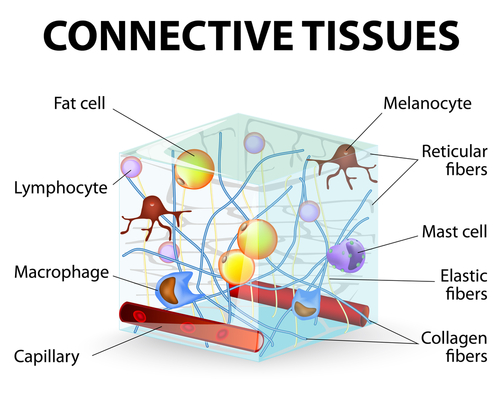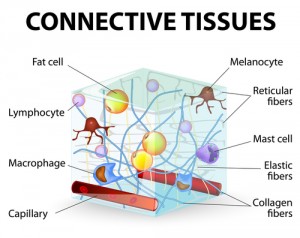Diagnostic, Treatment Differences Between Idiopathic Pulmonary Fibrosis and Connective Tissue Disease Underscored
Written by |

 A new study entitled “Spectrum of diffuse parenchymal lung diseases with special reference to idiopathic pulmonary fibrosis and connective tissue disease: An eastern India experience” describes a prospective analysis performed in India to assess the burden of diffuse parenchymal lung diseases (DPLD), particularly two DPLD-causative disorders, idiopathic pulmonary fibrosis and connective tissue disease. The study was published in the journal Lung India.
A new study entitled “Spectrum of diffuse parenchymal lung diseases with special reference to idiopathic pulmonary fibrosis and connective tissue disease: An eastern India experience” describes a prospective analysis performed in India to assess the burden of diffuse parenchymal lung diseases (DPLD), particularly two DPLD-causative disorders, idiopathic pulmonary fibrosis and connective tissue disease. The study was published in the journal Lung India.
Diffuse parenchymal lung diseases (DPLD) represent a varied set of disorders, however, all are characterized by defects in lung tissue and the alveoli, the space around the air sacs of the lungs. There are multiple causes for DPLD, including inhaled substances, certain types of cancer, drugs, infections, connective tissue disease (CTC) and idiopathic (unknown causes). Among idiopathic causes, Idiopathic Pulmonary Fibrosis (IPF) is a disease with one of the most severe outcomes. In India, an increase in the prevalence of IPF is currently being reported, however, it is important to distinguish between IPF and other CTC-DPLD disorders, since its prognosis and treatment is imperative for optimal patient outcomes.
In this study, the authors performed a prospective analysis, including clinical, imaging and laboratory data, on DPLD disorders in India, and subsequently compared both DPLD-causative disorders, IPF and CTD-DPLD.
[adrotate group=”3″]
The analysis was performed for a period of one year with patients diagnosed with DPLD, either by having clinical features and pulmonary function tests suggestive of the disease, in patients with ages 12 and up. The patients were enrolled in the Pulmonary Medicine Department of a tertiary care teaching institution in eastern India. The analysis included 92 patients with DPLD and a variety of causes for the disease: 35 patients had IPF, 29 patients had CTD-DPLD, 10 patients had hypersensitivity pneumonitis and 5 patients had sarcoidosis and other 5 had silicosis. Thus, the authors observed that IPF was indeed the most common cause of DPLD (responsible for 38% of the cases), closely followed by CTD-DPLD (with 31.5%). However, CTD-DPLD patients were younger, with a mean of 39.5 years old while IPF patients registered a mean age of 56.9 years old; additionally, CTD-DPLD patients exhibited symptoms for longer periods (3.5 years) when compared to IPF patients (2.5 years), with more extrapulmonary features and improved physiological parameters, which resulted in a more positive response to therapy when compared to IPF patients.
The authors highlight, however, that larger prospective studies are required to further understand the multiple phenotypes of diffuse parenchymal lung diseases to improve and personalized future therapeutics.






